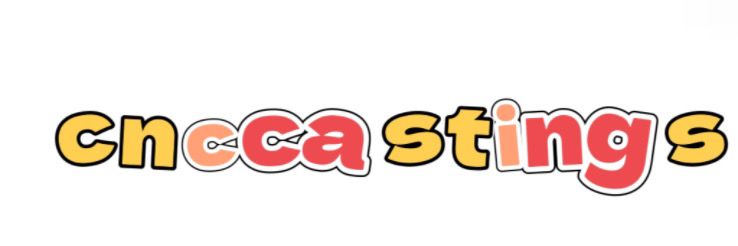Why Is Glass Roving the Future of Sustainability?
Jan. 18, 2025
In an era defined by a keen emphasis on sustainability and environmental responsibility, industries are continually searching for materials that not only meet performance requirements but also adhere to stricter environmental standards. Among the innovative materials emerging as frontrunners in this quest is glass roving—a key component in composite manufacturing that is quickly gaining traction.
For more glass rovinginformation, please contact us. We will provide professional answers.
The demand for glass roving is surging, driven by its versatility across various sectors including automotive, aerospace, construction, and marine applications. As industries seek to reduce their carbon footprints and improve product durability, glass roving offers an appealing solution that promotes sustainability without compromising quality.
Core Features and Functions
Glass roving is made from continuous strands of glass fiber, known for their excellent tensile strength and lightweight properties. A few notable features include:
High Strength-to-Weight Ratio: Glass roving helps manufacturers create lightweight composites that retain strength, vital for performance-heavy applications.
Corrosion Resistance: Unlike traditional materials, glass roving resists rust and chemical exposure, making it suitable for diverse environments.
Thermal Resistance: Glass fiber is capable of withstanding high temperatures without deforming, which is critical for certain industrial applications.
Versatility: Available in different forms such as chopped strands or continuous roving, it can be tailored to specific processing techniques, including hand lay-up, RTM (Resin Transfer Molding), and filament winding.
The Advantages and Applications of Glass Roving
The benefits of using glass roving are manifold:
Sustainability: Glass roving is largely composed of raw materials that are abundant and easily sourced, significantly reducing environmental impact compared to traditional composite materials.
Cost-Effective: Compared to alternatives such as carbon fiber, glass roving is generally more affordable, making it accessible for a wide range of projects.
Enhanced Durability: Products made from glass roving exhibit superior durability and longevity, reducing the need for frequent replacements and thus minimizing waste.
Wide Applicability: Glass roving is used in a variety of industries. In automotive, it contributes to lighter vehicles that consume less fuel. In construction, it is used in roofing materials and insulation, showcasing thermal efficiency. The marine industry implements glass roving for boat hulls, enhancing resistance against water damage.
Successful Cases and User Feedback
Numerous companies have harnessed the potential of glass roving to enhance their products. A notable case is a leading automotive manufacturer that transitioned to glass roving composites for car components, achieving a 20% reduction in weight while surpassing safety standards. Feedback from industry professionals highlights improved fuel efficiency and performance metrics, reinforcing the material's effectiveness.
In the construction sector, an innovative roofing firm utilized glass roving in their composite products, which not only improved thermal insulation properties but also led to a notable reduction in energy costs for clients. Users appreciated both the product's performance and its sustainability profile, aligning their projects with eco-friendly practices.
Future Development Potential
The future of glass roving looks promising, with growing interest from sectors focused on sustainability. Industries are constantly evolving, and as regulations tighten around environmental impact, glass roving stands out as a compliant and beneficial material.
To maximize its potential, manufacturers should focus on research and innovation, aiming to develop even more efficient processing techniques and explore the incorporation of recycled materials. Collaboration with research institutions can also accelerate advancements in other applications.
For professionals looking to explore how glass roving can enhance their products or operations, we invite you to connect with us. Our team of experts can offer insights into the technical parameters, including industry standards such as ASTM and ISO specifications, and provide guidance on effective applications tailored to your unique needs.
In conclusion, glass roving is not just a product; it’s a movement towards a sustainable future in material usage. To learn more about the capabilities and benefits of this innovative product, or to explore options for your projects, please contact us today!
Are you interested in learning more about emulsion mat? Contact us today to secure an expert consultation!
60
0
0

Comments
All Comments (0)